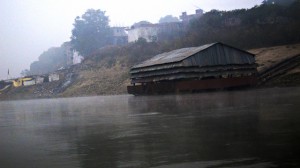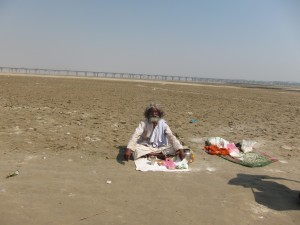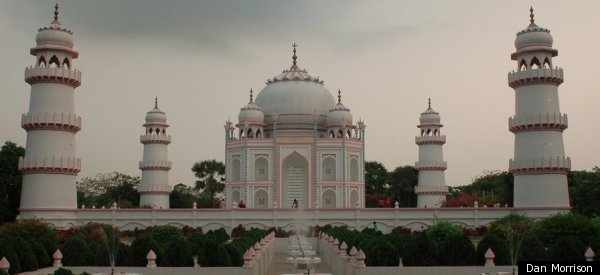 A version of this post first appeared at National Geographic, and references my piece, Grunge on the Ganges, at The New York Times’ Latitude blog.
A version of this post first appeared at National Geographic, and references my piece, Grunge on the Ganges, at The New York Times’ Latitude blog.
Varanasi, India — A couple years ago, one of India’s leading industrial houses announced a revolutionary new household filter that would for the first time bring affordable, safe drinking water to millions of homes. The Tata Swach combines the inexpensive carbon of burnt rice husks with silver nano-particles to kill and remove deadly microbes including cholera, E coli, and the rotavirus.
The Swach doesn’t need electricity or running water. Unlike some filters sold in the United States, the Swatch’s filter bulb cuts off the flow of water when it’s exhausted, meaning it’s impossible to drink unclean water that’s passed through a spent filter. (There’s no risk in drinking unfiltered water in New York or Denver, but it’s a different story in India, where waterborne diseases kill as many as half a million children each year.)
And it’s hugely affordable: The unit costs less than $20 and monthly filter replacements are just $7.
More than a million of these filters have been sold since 2009, and it’s not hard to imagine the public health benefits that will follow. More Indian companies are jumping into the low-cost filter business, which could push prices even lower.
This Indian success story, however, can also be seen as a thin bit of cover for the country’s scandalously poor public services. Continue reading “When You Have to Drink the Water”



